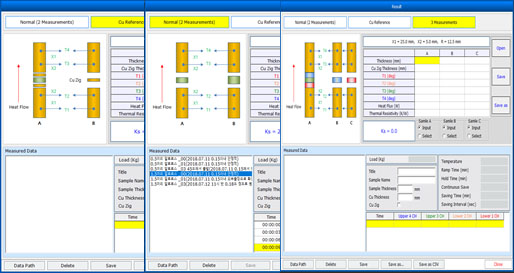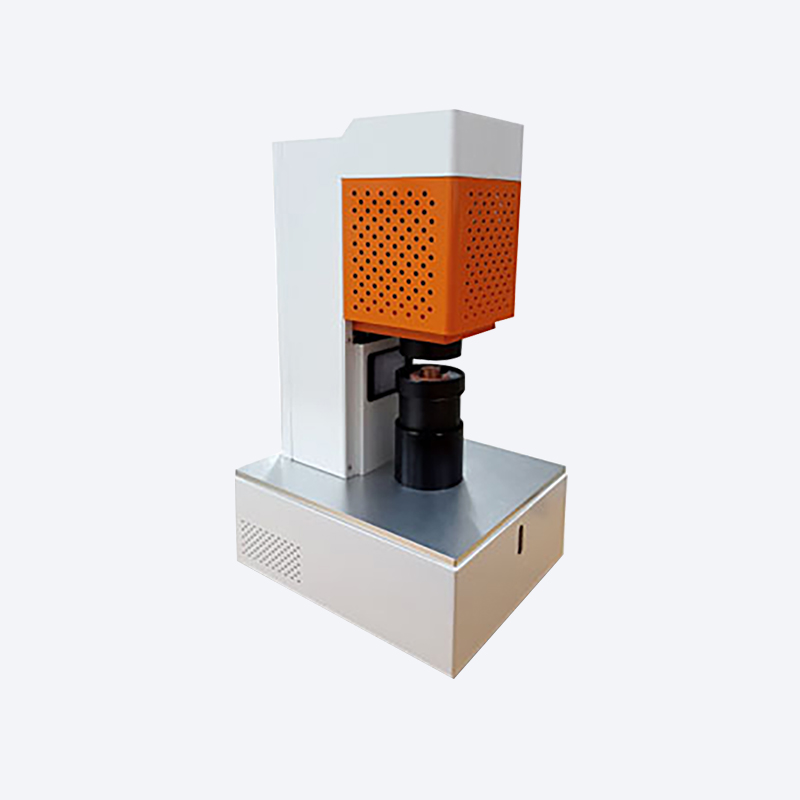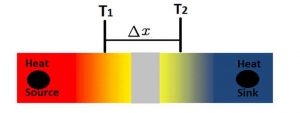Description
Thermal Conductivity Measurement – Vertical Bar Type
Static methods involve measurements of the temperature gradient in conduction with the heat flux. Dynamic method are typically more effective at room temperature, heat loss shaving a smaller effect on the measurement.
Measurement of the thermal conductivity the D5470 involves measuring the temperature difference at the two interface surfaces with known steady heat flow through a known area with known increasing thickness of material.
Thermal Conductivity Measurement – Horizontal Bar Type
SEO TCD-100 Thermal Conductivity Instrument
The SEO TCD-100 Thermal Conductivity system is based on idalized heat conduction between two parallel , isothermal surface separated by a test specimen of uniform thickness. ASTM standard D5470 is intended to standardize the method for thermal conductivity measurement so that the results will reflect only the material properties without regard to the specific test equipment utilized.
The SEO TCD-100 is factory calibrated using specimens of known thermal resistance spanning the range of the instrument. The system does quick and easy simple operation, small sample size, and short cycle time. The TCD-100 is ideally suited for QC, R&D and screening of all kinds and types of simple operations. The thermal conductivity of samples is calculated base on the change of the thermal resistance of the TCD-100 as a function of its thickness. The system resembles the ASTM D5470 reference, however the measurement of the temperature control is carried out at the Peltier unit in the top. This fine temperature and the calculation of the applied power based on accurate electrical parameters is responsible for the high repeatability of the testing solution.
The SEO TCD-100 can be used for thermal conductivity measurement for the following samples; Homogeneous material in film, sheet or thin board form, of those sample like Metals, rubber, plastics, ceramics, paper, textile or wood.
Features:
- Fully automatic operation by Quantum-E software
- Automatic pressure control by Quantum-E software
- High performance temperature controller built-in coolant unit ( No need for a coolant unit )
- Easy & simple calculation of thermal conductivity
- Simple structure, stable and reliable.
- Data output easily exported to MS Excel©
- Convenient USB interface to PC/Laptop.
- Sealed structure for preventing influenced by environment.
- Operation check color LED indicator
- Easy coherence check of upper and lower pillar by light source.
- Automatic adjusting measuring temperature conditions.
Quantum-E Software Features:
SEO Quantum-E software designed can calculate and determine Thermal conductivity, thermal resistance under ASTM D5470 Vertical and Horizontal ( ÅngstrÖm) of solid samples.


Analysis windows

Measurement windows
Specifications





